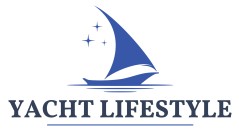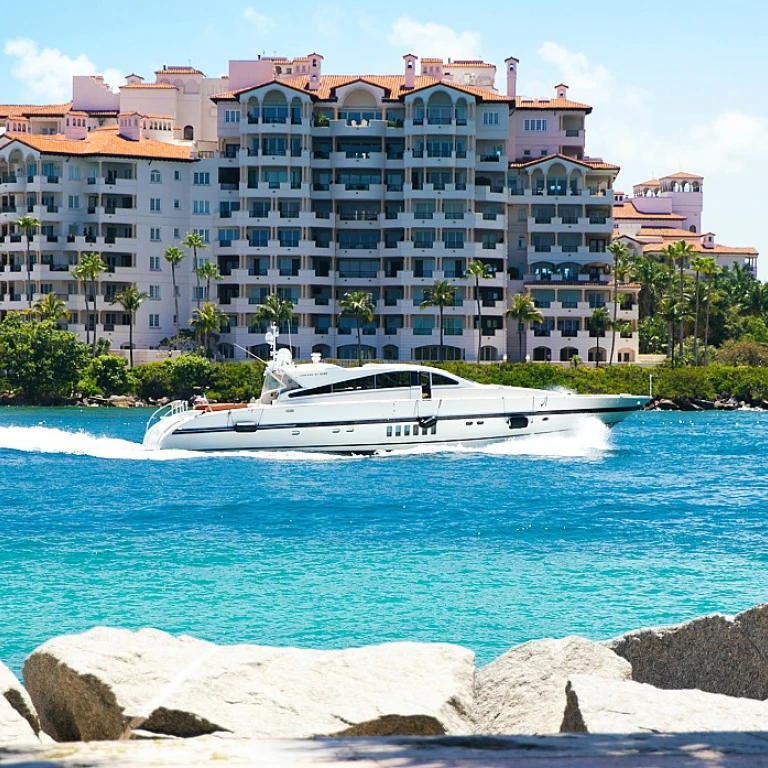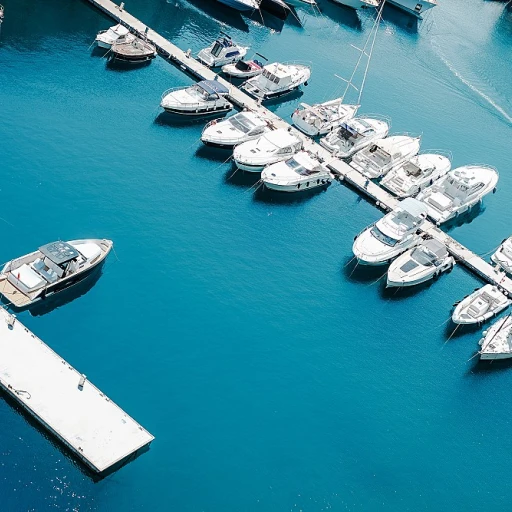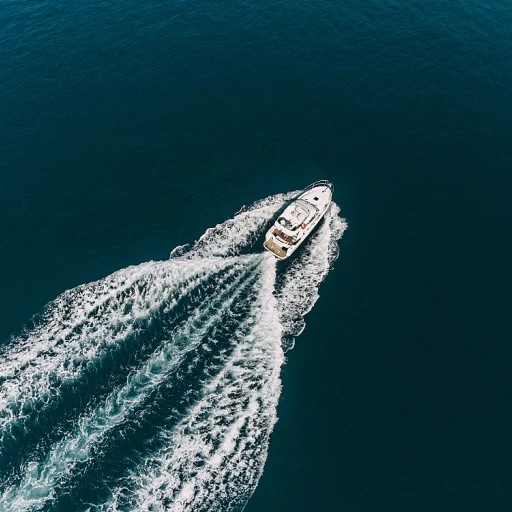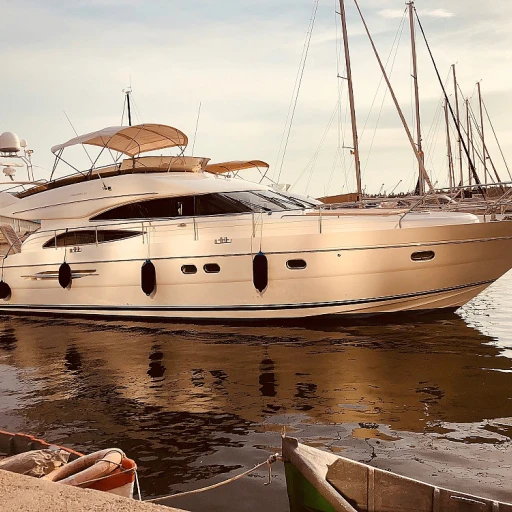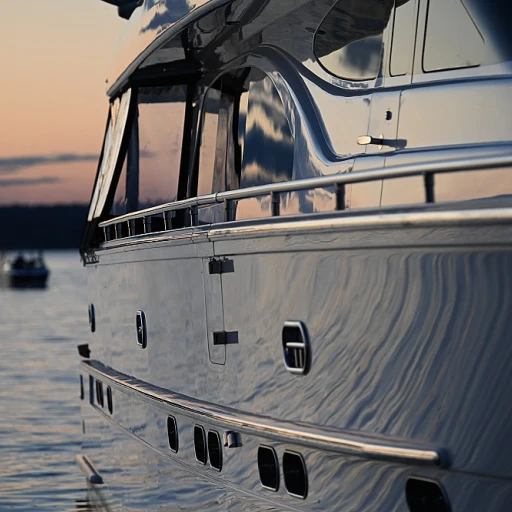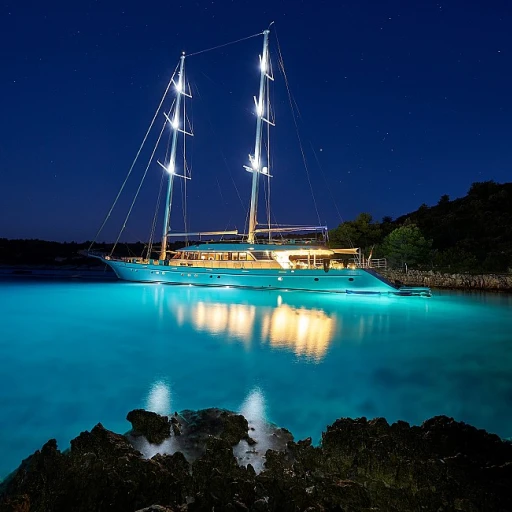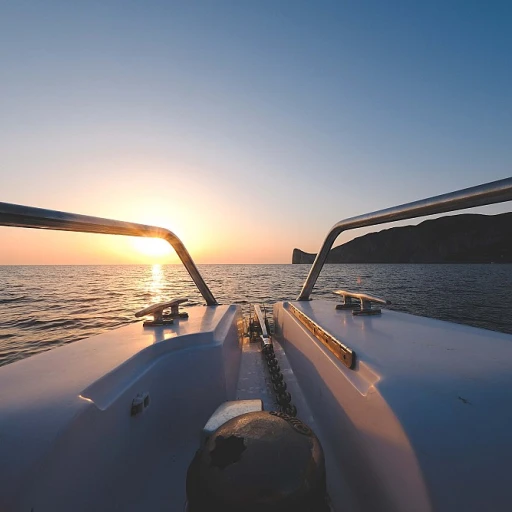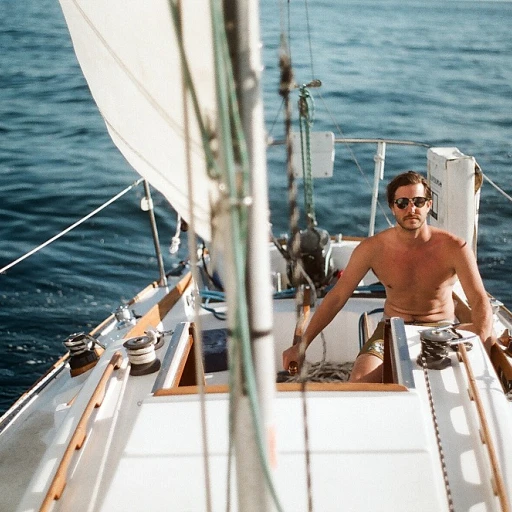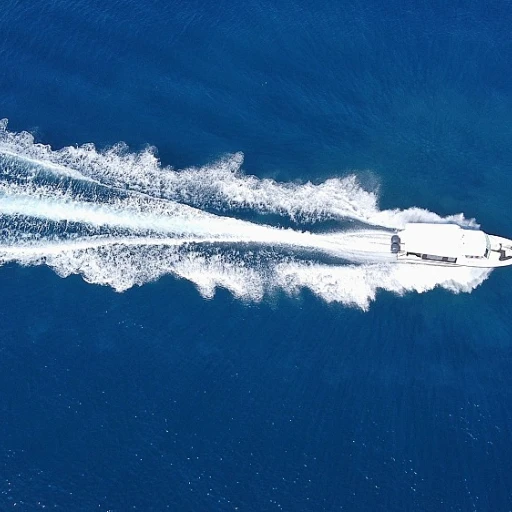
Understanding the Lovebug Yacht Incident
A Deep Dive into the Unfortunate Event
The tragic incident involving the Yacht Lovebug sent shockwaves across the maritime community on the Chesapeake Bay, near the mouth of the West River. In the often-discussed realms of yacht craftsmanship and leisurely voyages, such incidents prompt an essential reflection on our maritime practices.
On the day of the accident, the ill-fated Lovebug, a motor yacht with significant following, faced an unexpected shift in water conditions. Despite being in waters familiar to its seasoned captain, the vessel encountered perilous shallow water conditions. With messages spreading quickly across online platforms and discussions proliferating across forums like Reddit, the gravity of the mishap was palpable.
Involvement of Critical Parties
While the yacht community raced to understand what went wrong, the Coast Guard in Sector Maryland acted swiftly, joining forces with local rescue operations. These coordinated efforts underline the importance of having expert teams ready to tackle emergencies. However, the incident also highlighted certain safety protocol limitations that will be covered in subsequent sections.
The resulting dialog in several top general discussion boards and posts emphasized the need for a renewed look into safety standards. The Lovebug capsized, leading many to question the robustness of its design and engineering aspects, which we'll explore further later.
For those interested in a personal recount of being a Lovebug yacht owner, a unique journey of this majestic vessel can be found here.
As the maritime industry directs its attention towards avoiding similar tragedies, there is much to be learned not only from the Lovebug's ordeal but also about the proactive measures to be embraced by both yacht enthusiasts and those actively within the industry.
Safety Protocols and Their Limitations
Evaluating Safety Measures Aboard
In the wake of the tragic Lovebug yacht incident, a pressing question emerges: Were the existing safety protocols adequate? The Lovebug, a motor yacht beloved by enthusiasts, found itself in distress in shallow waters near the mouth of the West River, eventually capsizing. This occurrence has spurred significant general discussion among yacht experts and the boating community alike. The Lovebug was navigating through Chesapeake Bay when the unfortunate event took place. Reports indicate that safety measures, such as lifejackets and emergency communication devices, were indeed in place. However, the effectiveness of these protocols in such unforeseen circumstances came under scrutiny. The incident has raised concerns over the adequacy of safety drills that crew members, including the captain, employ during emergencies. Moreover, the coast guard's intervention was swift, yet it highlighted the need for more integrated rescue protocols, especially for superyachts like the Lovebug. Sector Maryland's involvement has prompted further analysis into how response times can be improved when a boat is in distress. Beyond traditional measures, it's crucial to explore state-of-the-art technological solutions. Could more sophisticated water pumps or better communication systems have reduced the scale of the tragedy? As one Reddit thread starter in the sailing community noted, "the latest in safety tech should be more accessible and affordable for all yacht owners," reflecting a sentiment echoed across various posts. The vital lesson here is the relentless pursuit of safety improvements. The incident serves as a stark reminder for yacht enthusiasts of the importance of regularly reviewing and updating safety gear and being prepared for all potential scenarios that may arise on the water. For further insights into the intricacies of this maritime tragedy and the subsequent industry discourse, delve into an exploring the allure of the Lovebug yacht.Design Flaws and Engineering Insights
Analyzing Engineering and Design Challenges
The Lovebug yacht tragedy brought to light significant engineering and design flaws that play a critical role in understanding the event's catastrophic outcome. It's essential that yacht enthusiasts and specialists consider these design limitations, as they continue to be hot topics in general discussion threads and posts about safety and resilience at sea.
In the case of Lovebug, there were glaring issues concerning the boat's stability and its ability to withstand harsh conditions. Many forum members and thread starters on platforms such as Reddit highlighted the importance of understanding the structural aspects of yachts better. Specifically, superyachts, motor yachts, and the wider yachting community must take note of how such flaws can expose yachts to capsizing when traveling through areas prone to shallow water and tumultuous weather conditions, such as the Mouth West River in Chesapeake Bay.
Furthermore, industry analysts have raised questions regarding the yacht’s fill and drainage systems. Reports from Sector Maryland by the Coast Guard suggest that inadequate water management systems, such as insufficient pumps to clear water quickly, can lead to hazardous conditions. While every yacht, like the Lovebug, is theoretically built to the latest standards, unforeseen environmental conditions often put these safety protocols and their limitations to the ultimate test.
The Lovebug incident particularly underscores the importance of a detailed scrutiny on design elements that affect buoyancy and durability. The yacht’s unique engineering should have accounted for sudden weather changes—a consideration that's sparked numerous debates among yachting experts and newcomers joined sep and joined jan, reminding them how crucial it is to frequently update designs and safety measures.
For those managing yachts, be it a tour boat or a state-of-the-art superyacht, the importance lies in not only following requisite guidelines but also ensuring robust engineering modifications that can accommodate sudden variables. Understanding such specifications is vital for any captain or yacht owner, as emphasized in our discussion on crafting a unique yachting ethos to better prepare for these situations. For a detailed exploration of these issues, consider delving into resources that discuss safety protocols and their limitations.
Impact on the Yacht Industry
The Broader Implications for the Industry
The capsizing of the Lovebug yacht has sent waves across the yachting community, prompting an urgent reevaluation of practices and procedures. In particular, the industry's approach to safety protocols, as well as the design and engineering of vessels, has come under scrutiny. This incident has been a wake-up call, not just for those immediately affected, but for the entire yachting world.
With this tragedy unfolding in the Chesapeake Bay near Maryland, where the West River meets the Atlantic, there have been numerous discussions focused on the role of the coast guard and their efficiency in handling such emergencies. Their response, alongside the oversight of safety practices, is now a topic of general discussion on platforms like Reddit. Members who joined following this incident are sharing insights and reiterating the importance of coordinated efforts to prevent similar incidents in the future.
The impact on superyacht manufacturers and designers is profound. Many are considering adjustments to design methodologies to prevent water ingress into compartments, even in scenarios deemed unlikely. There is a consensus forming around the need to reevaluate the use of materials and technology, especially concerning pumps and water displacement systems.
For yacht lovers who frequent different water bodies, from shallow waters to more challenging terrains, the Lovebug case highlights the necessity of robust design features. These features must effectively withstand unforeseen circumstances. Moreover, the community is urging for transparency in safety-related posts and deeper discussions in forums and thread starters, promoting a culture of knowledge sharing and vigilance.
Messages threaded through various yacht-related forums are now encouraging owners to not only remain vigilant but to also proactively engage their crews with comprehensive safety training. This newfound awareness prompts yacht clubs and enthusiasts to be more proactive, ensuring that future incidents do not trigger the latest tragedies.
Lessons for Yacht Enthusiasts and Owners
Insights for Enthusiasts and Owners from Lovebug's Misfortune
The dramatic events surrounding the yacht Lovebug incident sends a strong message to the boating community. Safety is not just a protocol; it's a mindset that all yacht owners and enthusiasts must adopt rigorously. Here are some crucial takeaways from this tragic occurrence. Firstly, it's vital to recognize the importance of understanding safety measures to prevent tragedies like the Lovebug capsized boat. While on board, every member must be familiar with the locations of safety equipment such as flotation devices and pumps. This not only involves knowing where these items are but also understanding their proper use. Moreover, those who enjoy cruising in the shallow waters of places like the West River and Chesapeake Bay should take note of the potential dangers of these routes. It's essential to listen to messages from the sector Maryland coast guard and adjust your plans accordingly. The design flaws revealed in the Lovebug incident underscore the importance of thoroughly checking your yacht’s construction and design integrity. Regular maintenance and updates should not be overlooked, especially when your motor yacht frequently navigates challenging waters. Engage with professional engineers to assess any design elements that might affect your vessel's seaworthiness. The role of technology in preventing and managing such incidents cannot be overstated. Installing apps that offer weather updates and real-time alerts for unforeseen circumstances can dramatically reduce risks. Active participation in forums like general discussion threads on platforms such as Reddit can provide valuable insights. Engage with community experts and seasoned captains who can share advice and experiences, informing you about the latest boat safety practices. Finally, always be prepared to pivot your plans when necessary. Whether you are a yacht member joined during mild weather or facing the unpredictable mouth west weather changes, adaptability is key. Learning from past occurrences, the Lovebug yacht tragedy teaches that preparation, vigilance, and a proactive approach to safety measures are non-negotiable in the pursuit of a serene and secure yachting experience.Future Directions in Yacht Safety
Innovations in Safety Technology
The Lovebug yacht tragedy has prompted a significant shift in how safety technology is perceived and implemented in the yacht industry. With the incident highlighting the limitations of existing safety protocols, there's a renewed focus on integrating advanced technologies to prevent similar occurrences.- Smart Monitoring Systems: These systems are becoming essential, allowing for real-time monitoring of a yacht's structural integrity and environmental conditions. They can alert the captain and crew to potential issues before they escalate, providing an extra layer of security.
- Enhanced Communication Tools: The tragedy underscored the importance of effective communication. New tools are being developed to ensure that messages between the yacht and the coast guard are transmitted without delay, even in challenging conditions like those in the Chesapeake Bay.
Regulatory Changes and Industry Standards
In response to the Lovebug incident, regulatory bodies are revisiting safety standards. The coast guard, along with other maritime authorities, is working to tighten regulations around yacht design and safety equipment. This includes:- Stricter Design Regulations: Ensuring that yachts are built to withstand adverse conditions, reducing the risk of capsizing in shallow waters like the mouth of the West River.
- Mandatory Safety Drills: Regular drills for crew members to ensure they are prepared for emergencies, similar to those faced by the Lovebug.
